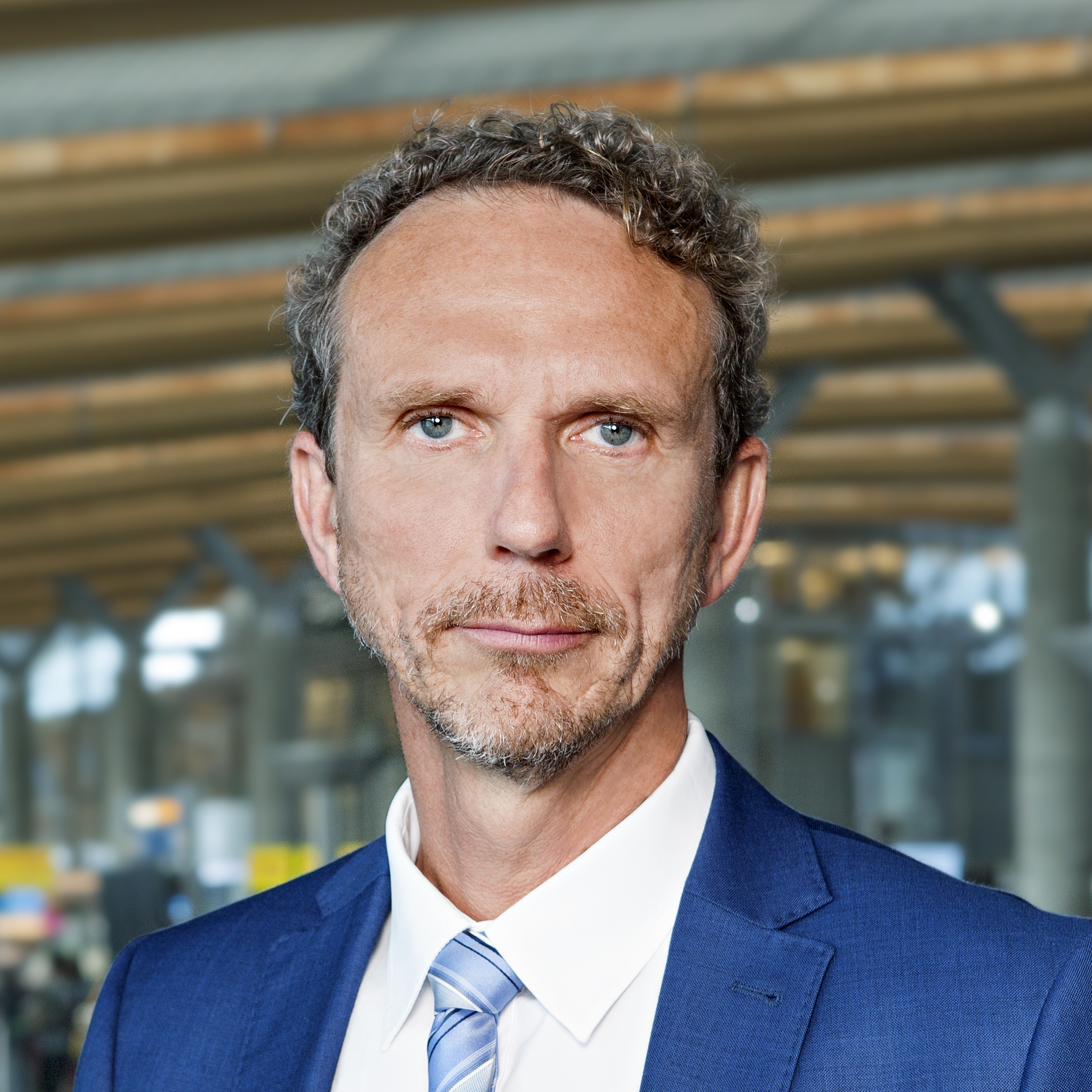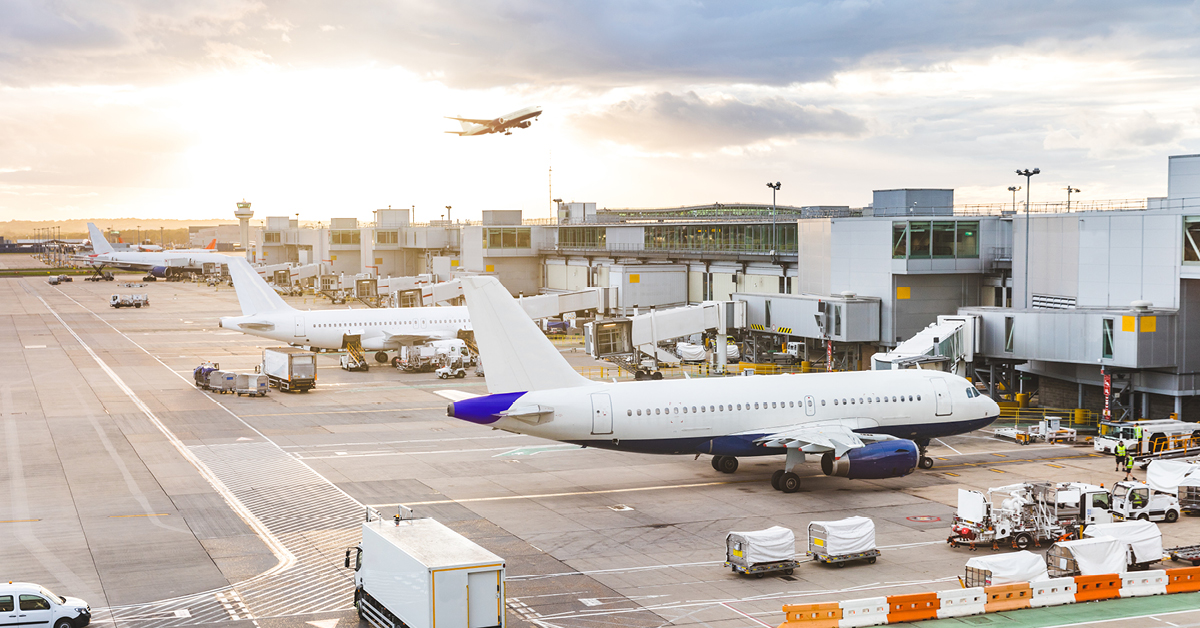Reforming the Single European Sky in the right way

Prof Klaus-Dieter Scheurle, Chairman and Chief Executive Officer of DFS, sets out his expectations for the forthcoming EU proposal to advance the Single European Sky.
The Single European Sky is a concept that no-one challenges – but this means different things to different people.
Over the last two years, operational stakeholders, regulators and policymakers have all agreed that a reform of the rules is necessary. However, although everyone seems to agree on what needs to be achieved, there is still much debate as to how this is to be done.
The Single European Sky has been a much talked about issue for nearly 20 years but it has once again gained momentum due to the capacity challenge encountered by the aviation system in 2018 and 2019. And the total drop in traffic due to the corona crisis in 2020 has additionally highlighted the fact that introducing flexibility and improvements in terms of scalability and resilience are needed now more than ever.
The Commission has promised a fresh look at the Single European Sky with a new version of SES2 (the last legislative proposal, stalled since 2013) and we await its publication in September.
We welcome a reform and hope that the real issues will be addressed.
Yet there are certain points that need to be taken into consideration for this urgent reform to be a success.
Fragmentation is not a problem as such. In a Europe that is proud to be “united in diversity”, the fact that there are national ways of doing things is something that simply needs to be accepted, as long as it is in line with the overall performance goals of the European ATM system.
Consolidation or privatisation of ANSPs requires political will on the part of the Member States. But even in the absence of a common understanding amongst the Member States, there is still a way to improve the Single European Sky and make the operation seamless. This concept is well explained in the Airspace Architecture Study by the SESAR Joint Undertaking and has full buy-in of all operational stakeholders. The delivery of seamless air traffic services is built on cooperatively optimised airspace organisation, supported by progressively higher levels of automation and common ATM data services.
What we need from the Commission is a European framework that facilitates the concepts described there. Regulation needs to foster collaboration, while at the same time enabling ANSPs to play their vital part in the aviation value chain.
The performance scheme, in particular, has grown into an administrative monster that fails to take into account local particularities and requirements. Centralisation and a one-size-fits-all approach clearly create obstacles to genuine improvement here. However, the Single European Sky is not only an ANSP issue. In order to modernise ATM in Europe and make it both more flexible and scalable, we need a European framework that allows operational stakeholders, and the ANSPs in particular, to contribute to a better ATM system by setting the right incentives. The forthcoming legislative proposal is the EU’s opportunity to provide this framework.



